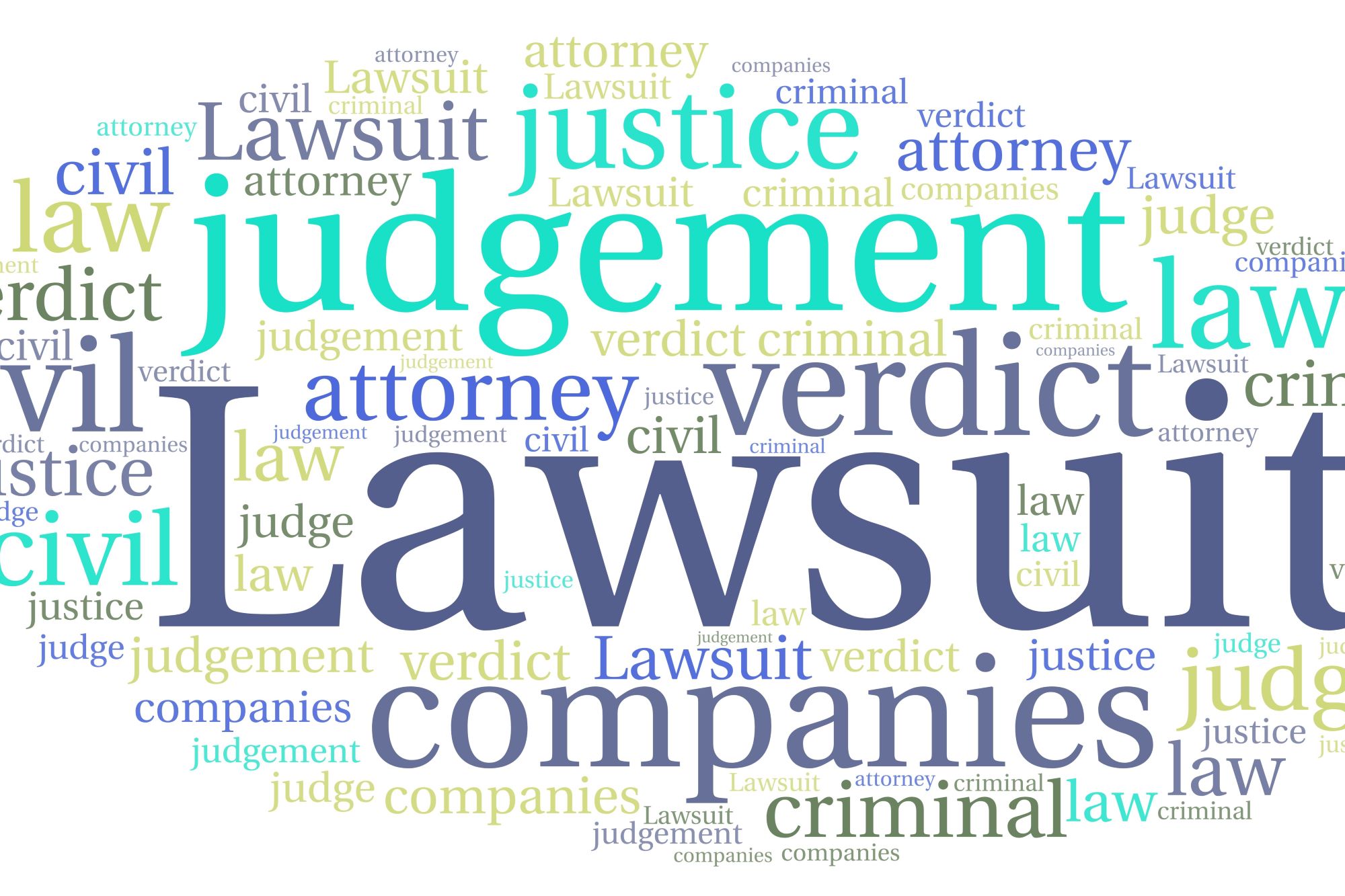Determining the value of a civil rights lawsuit can be complex, as it depends on various factors including the nature of the violation and the damages incurred. This article will provide insights into how compensation is calculated in civil rights cases, the types of damages that may be awarded, and factors that can influence the overall value of a lawsuit.
Factors Influencing Compensation
The value of a civil rights lawsuit can be significantly influenced by several key factors. The severity of the violation plays a crucial role; more severe or egregious violations often lead to higher compensation. For example, cases involving physical harm or significant emotional distress tend to command higher damages than those involving less serious infractions. Additionally, the jurisdiction in which the case is filed can affect the amount of compensation awarded. Different jurisdictions have varying standards and precedents, which can influence the final award.
Another important factor is the extent of the damages suffered by the plaintiff. This includes both economic losses, such as lost wages or medical expenses, and non-economic losses, such as pain and suffering. The plaintiff’s ability to provide evidence and demonstrate the impact of the violation on their life can also affect the compensation amount. In summary, the interplay of the violation’s severity, the jurisdictional context, and the extent of the damages all contribute to determining the worth of a civil rights lawsuit.
Types of Damages
In civil rights lawsuits, compensation can be categorized into several types of damages, each serving a specific purpose in addressing the harm suffered by the plaintiff. Understanding these categories is crucial for grasping how compensation is determined.
Compensatory Damages: These are intended to compensate the plaintiff for the actual harm suffered and can include:
- Physical Injury: Damages for any physical harm or medical treatment required as a result of the civil rights violation.
- Emotional Distress: Compensation for psychological suffering, anxiety, depression, or other emotional impacts caused by the violation.
- Lost Income: Reimbursement for any wages or earnings lost due to the inability to work as a result of the harm suffered.
- Medical Expenses: Coverage for costs related to medical care, including both current and future expenses.
Punitive Damages: These are designed to punish the defendant for particularly egregious conduct and deter similar behavior in the future. Punitive damages are not awarded in every case but may be considered if the defendant’s actions were especially malicious or reckless.
Nominal Damages: These are symbolic damages awarded when a legal wrong has occurred, but the plaintiff has not suffered significant financial harm or other measurable damages. Nominal damages recognize that a violation occurred, even if it did not result in substantial loss.
Each type of damage serves to address different aspects of the harm and loss experienced by the plaintiff, contributing to a comprehensive compensation package.
Compensatory Damages
To better understand how compensatory damages are calculated, it’s helpful to examine the various components that contribute to the overall award. The following table outlines the key elements of compensatory damages and their typical considerations:
| Component | Description | Typical Considerations | Examples |
| Physical Injury | Compensation for bodily harm or injury. | Severity, medical treatment, recovery time. | Hospital bills, rehabilitation costs. |
| Emotional Distress | Compensation for psychological impact. | Impact on daily life, counseling, duration of distress. | Therapy costs, emotional suffering. |
| Lost Income | Reimbursement for earnings lost due to the injury. | Duration of unemployment, impact on career. | Missed wages, future earning potential. |
| Medical Expenses | Coverage for medical treatments and costs. | Type of treatment, ongoing medical needs. | Surgery, medications, follow-up care. |
- Physical Injury: This includes damages awarded for any bodily harm suffered as a result of the civil rights violation. The calculation often takes into account the severity of the injury, the type of medical treatment required, and the duration of recovery. For example, serious injuries requiring surgery or long-term rehabilitation can result in higher compensation.
- Emotional Distress: Compensation for emotional distress addresses the psychological impact of the civil rights violation. This can include anxiety, depression, or other emotional hardships. Factors influencing this compensation include the effect on the plaintiff’s daily life, the need for psychological counseling, and the overall duration of the emotional distress.
- Lost Income: This category covers wages or earnings lost due to the inability to work following the injury or harm. Compensation is calculated based on the period the plaintiff was unable to work, any changes in earning capacity, and the overall impact on their career. This can include both past and future lost income.
- Medical Expenses: These damages cover the costs of medical care related to the injury or violation. This includes immediate medical treatment, ongoing care, and any necessary medical equipment or therapies. The total amount can vary depending on the complexity of the treatment and the anticipated future medical needs.
Each of these components is assessed to ensure that the compensatory damages adequately reflect the full extent of the harm experienced by the plaintiff.
Punitive Damages
Punitive damages are awarded in civil rights lawsuits to punish the defendant for particularly egregious behavior and to deter similar conduct in the future. Unlike compensatory damages, which aim to compensate the plaintiff for their losses, punitive damages focus on penalizing the defendant. These damages are typically reserved for cases where the defendant’s actions were not just harmful but also demonstrated a deliberate disregard for the rights and well-being of others.
The determination of punitive damages involves assessing the defendant’s conduct, including its maliciousness, recklessness, or gross negligence. Courts often consider factors such as the degree of harm caused, the defendant’s state of mind, and the need to send a clear message about unacceptable behavior. Because punitive damages are intended to serve as a deterrent, they can sometimes be substantial, depending on the severity of the violation and the defendant’s conduct.
Nominal Damages
Nominal damages are awarded in civil rights lawsuits to recognize that a legal wrong occurred, even if the plaintiff did not suffer significant financial loss or measurable harm. These damages serve a symbolic function, affirming that the defendant’s conduct was improper and that the plaintiff’s rights were violated. The amount awarded is typically small and does not reflect the extent of financial damages or emotional suffering.
- Purpose of Nominal Damages: The primary purpose of nominal damages is to establish that a civil rights violation took place. They acknowledge the wrong without compensating for substantial harm or loss. This type of award is often used when the plaintiff proves that their rights were violated but cannot demonstrate significant damages or quantifiable harm.
- Situations for Nominal Damages: Nominal damages are commonly awarded in cases where the plaintiff’s injury is minimal or where the harm is primarily symbolic. This might include situations where the violation of rights did not result in physical or financial loss but nonetheless involved a breach of constitutional or statutory rights. In such cases, nominal damages affirm the plaintiff’s right and hold the defendant accountable.
- Impact of Nominal Damages: While nominal damages do not provide substantial financial compensation, they can still have a significant impact. They can establish a legal precedent and potentially influence the defendant’s future conduct. Additionally, they may contribute to the broader recognition of the rights at stake, ensuring that violations are acknowledged even in the absence of significant damages.



+ There are no comments
Add yours